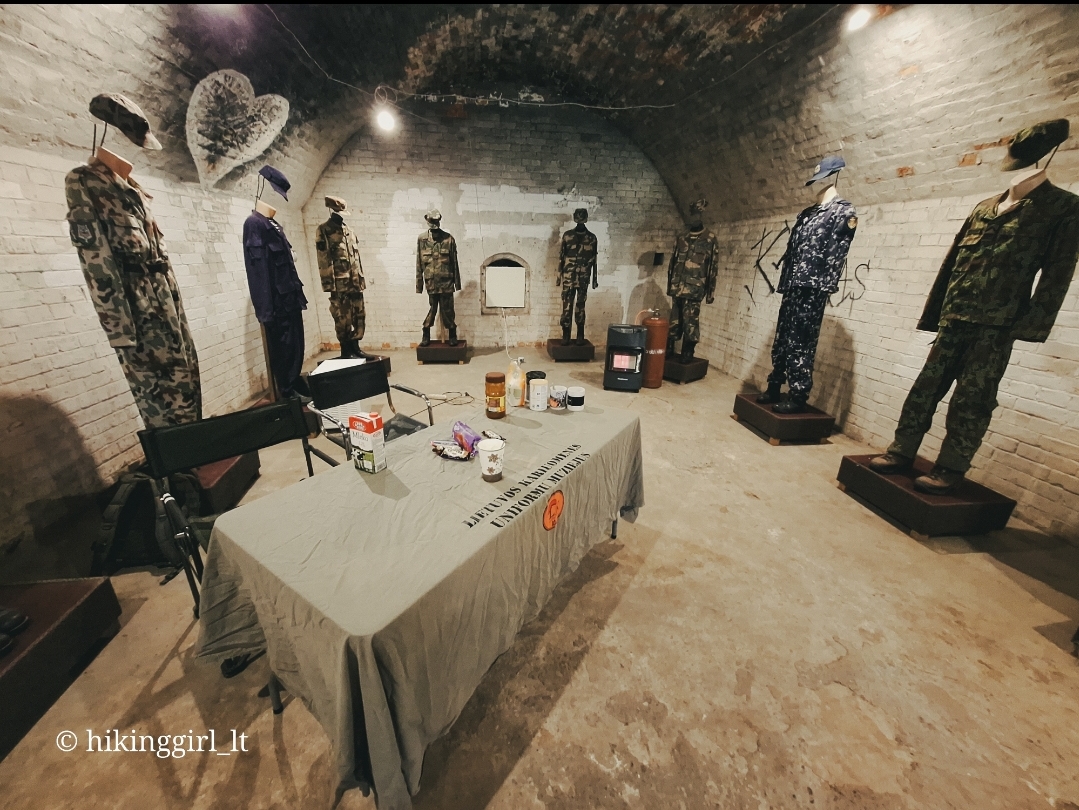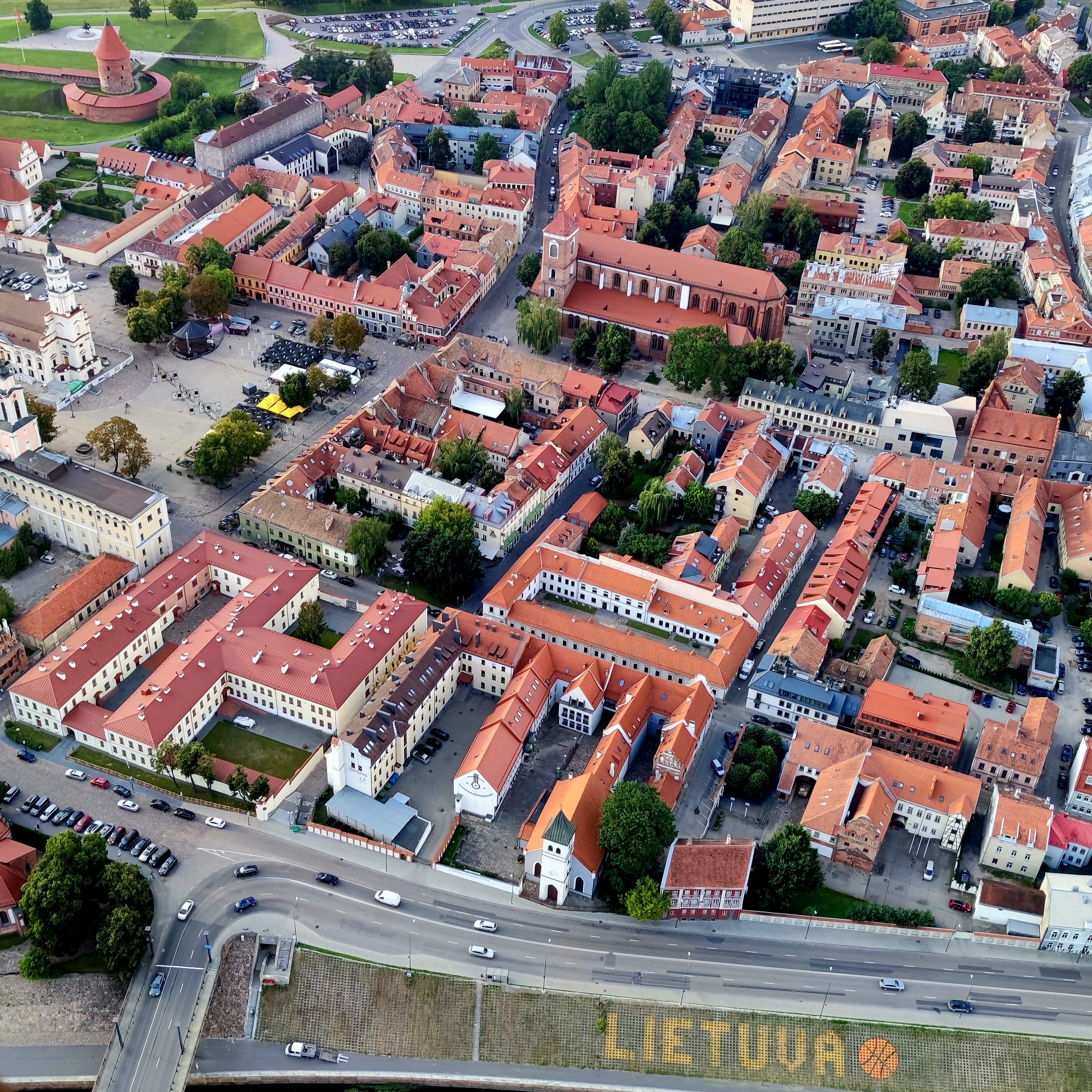Church of the Assumption of the Blessed Virgin Mary in Darsūniškis

75

1

0
0 out of 5
(0 reviews)
It is believed that Grand Duke Vytautas of Lithuania may have contributed to the founding of this church, possibly endowing it with a foundation that has not survived.
Info
-

Religious Heritage
-
It is believed that Grand Duke Vytautas of Lithuania may have contributed to the founding of this church, possibly endowing it with a foundation that has not survived. On March 1, 1473, Casimir Jagiellon provided a new foundation for the wooden Church of the Assumption of the Blessed Virgin Mary, St. Andrew, and St. Elizabeth in Darsūniškis. The church, along with 52 residential houses, was destroyed in a fire on July 14, 1818. The construction of a new brick church began on May 28, 1848, and lasted for five years. It is reported that during the church's construction, a pot of gold coins was found while digging a hole for planting peonies at the homestead of Kubo Zavistanavičius, located across the street from the
church. Zavistanavičius handed the coins to the priest, and the money was used to buy bricks for the church construction. The newly built church, without a tower, had forms close to classical architecture. The new church was consecrated on October 4, 1853, under the name of the Holy Trinity, and from that day, services were allowed to be held there. In 1862, a four-sided stone belfry with a shingle roof and a small iron cross was built near the street, opposite the church. In July 1944, during the battles, the Darsūniškis church was damaged and burned, and other parish buildings were destroyed. The restored Darsūniškis church was consecrated by the diocesan administrator Juozapas Stankevičius on March 25, 1950.
Found a mistake?
Report
Whats new?
Nearby attractions
Nearest museums
Nearest entertainment

 Entertainment
Entertainment
 Food establishments
Food establishments





























 54.736477, 24.120199
54.736477, 24.120199
 Get directions
Get directions








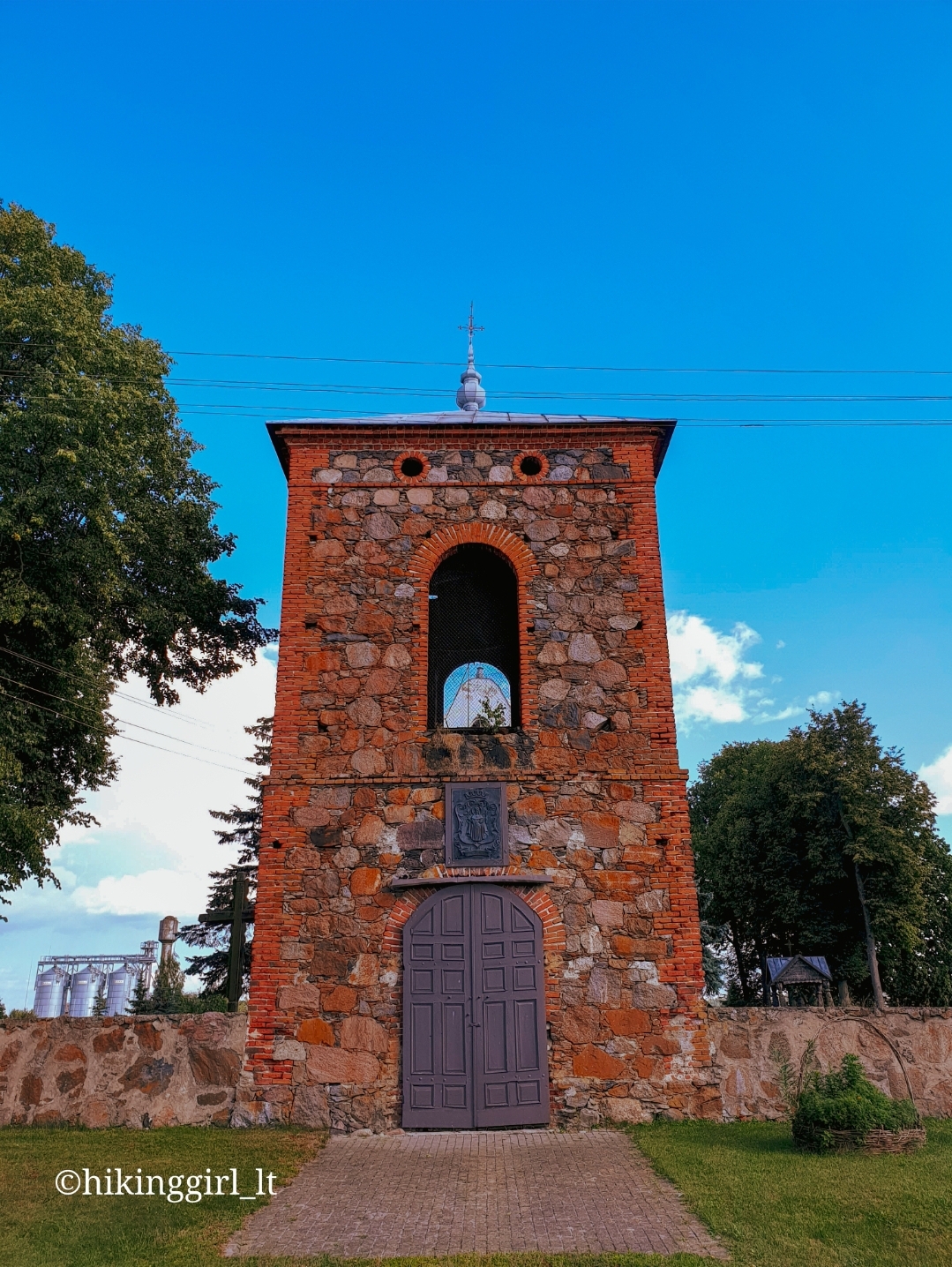
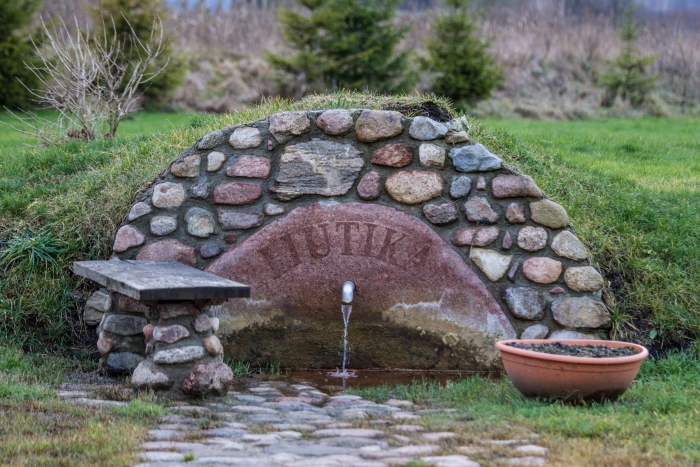
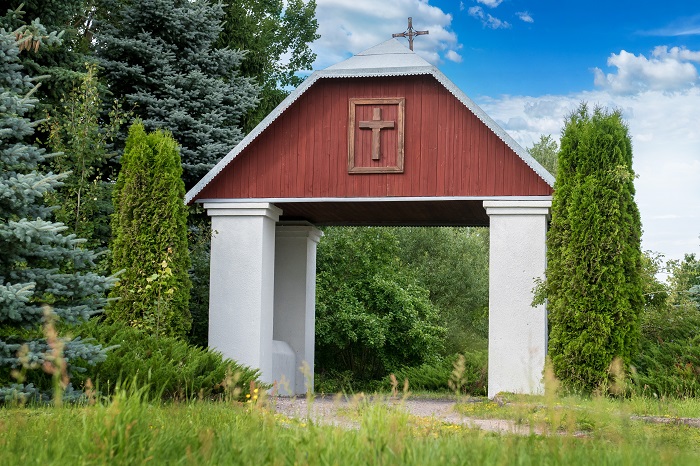

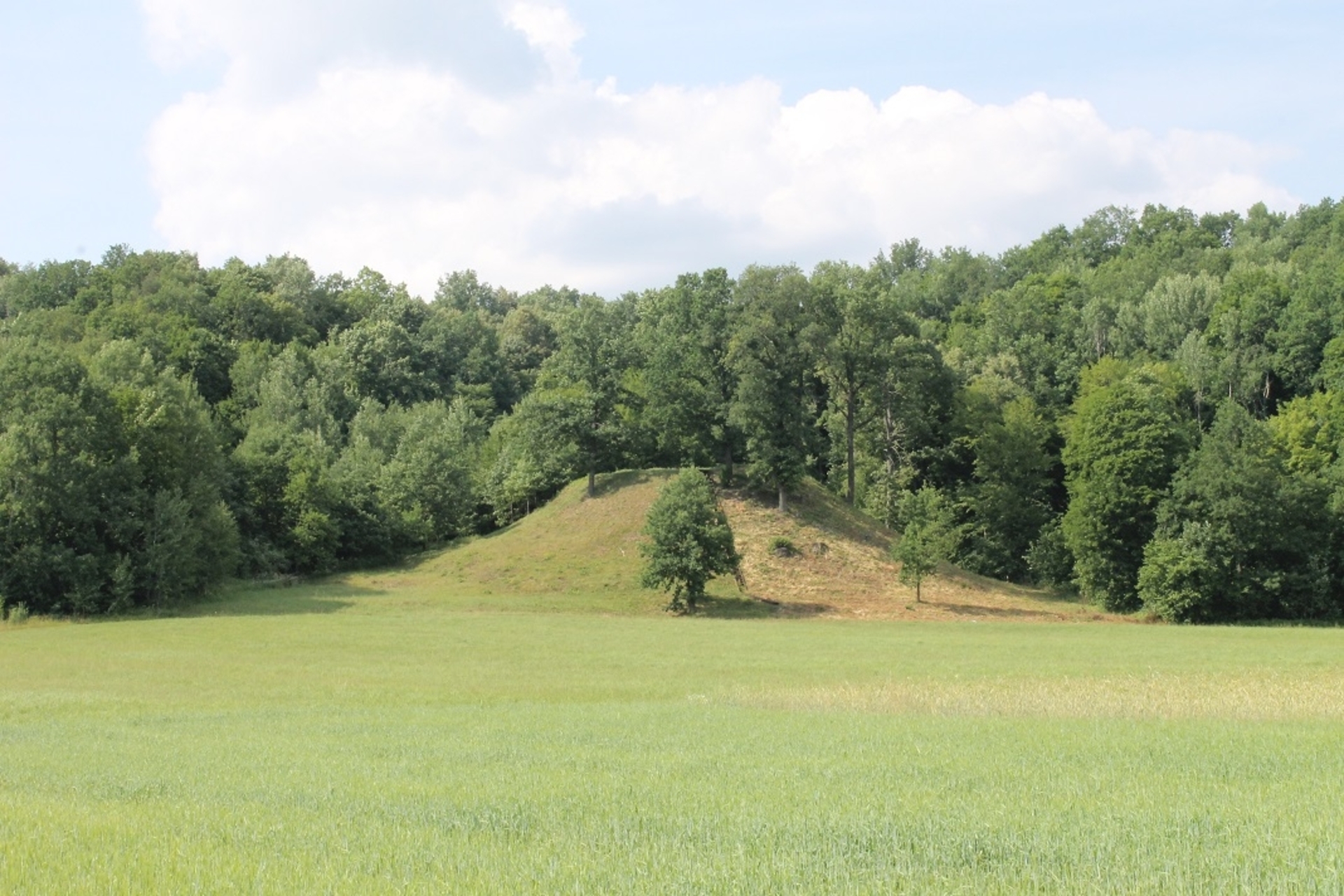
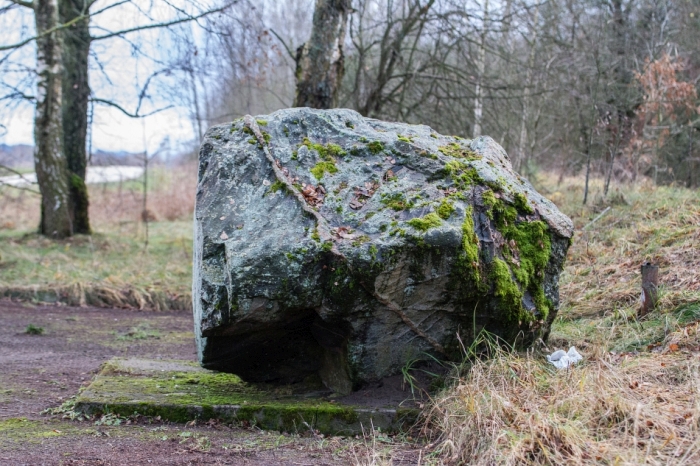
.jpg)
_001.jpg)
.jpg)
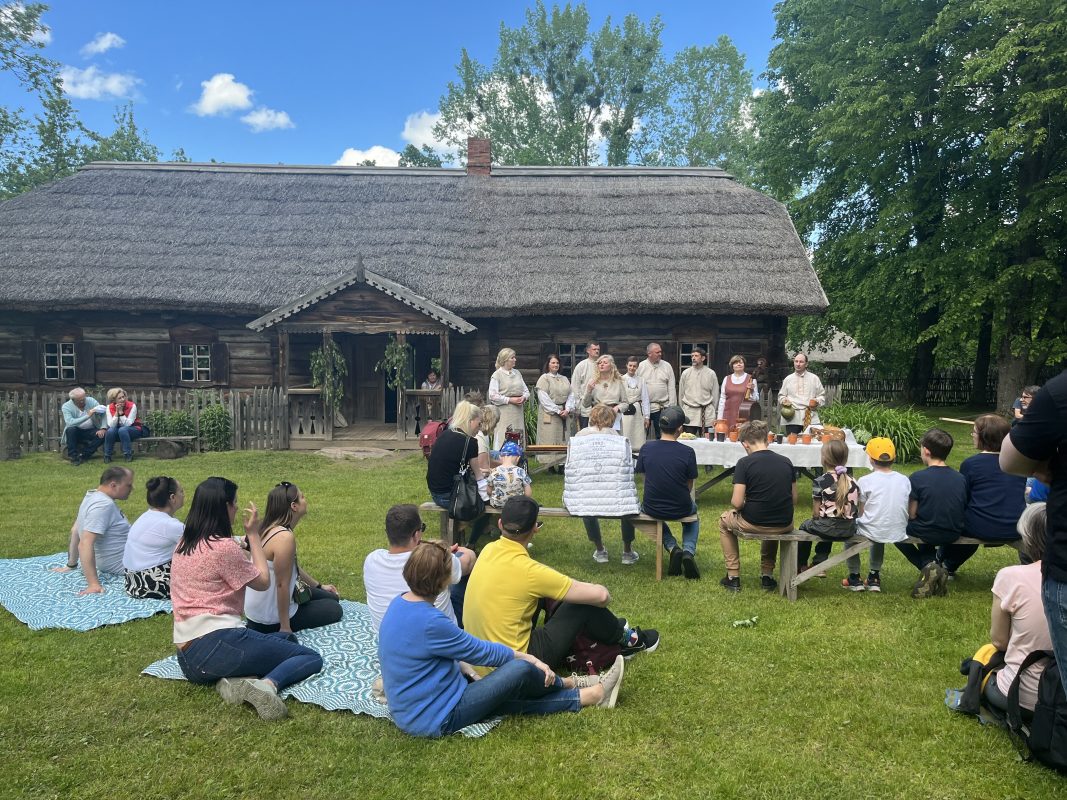

.jpg)

